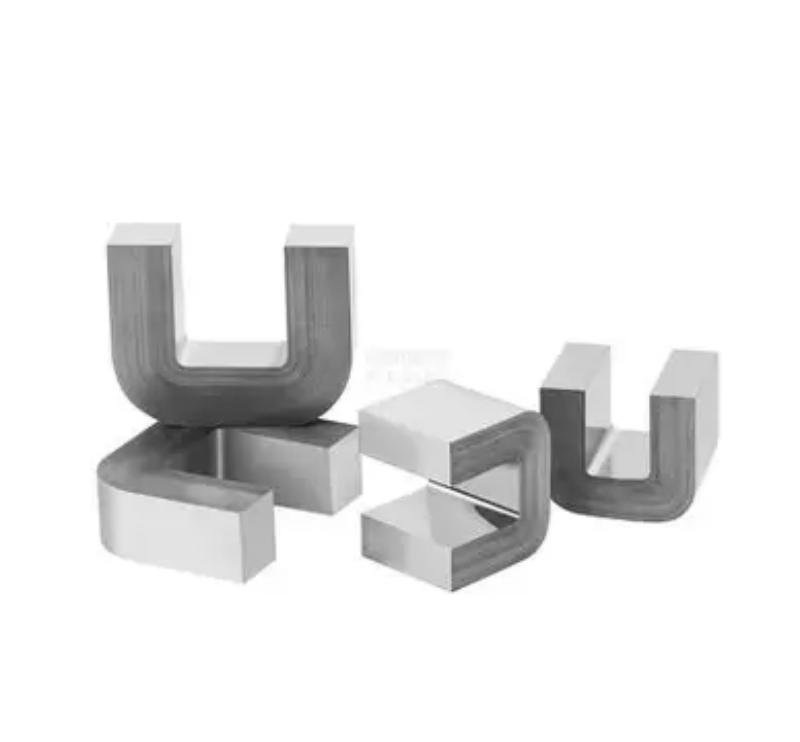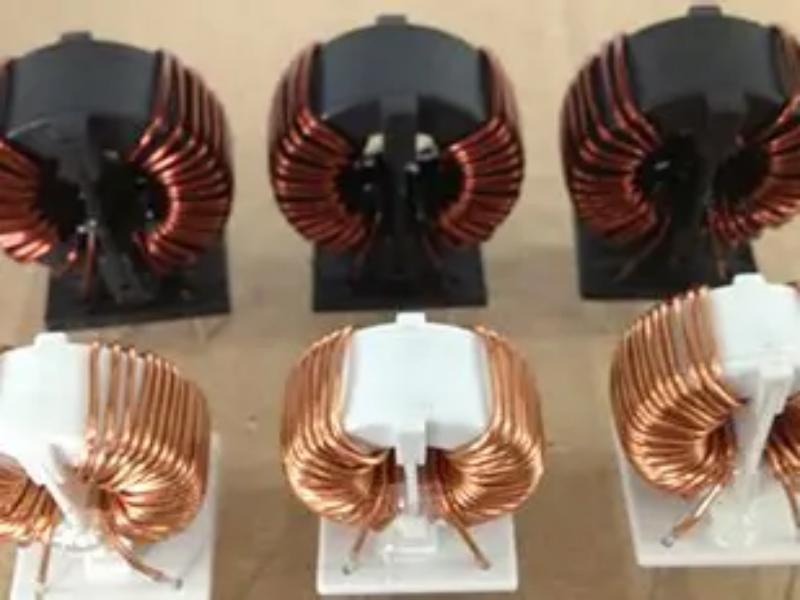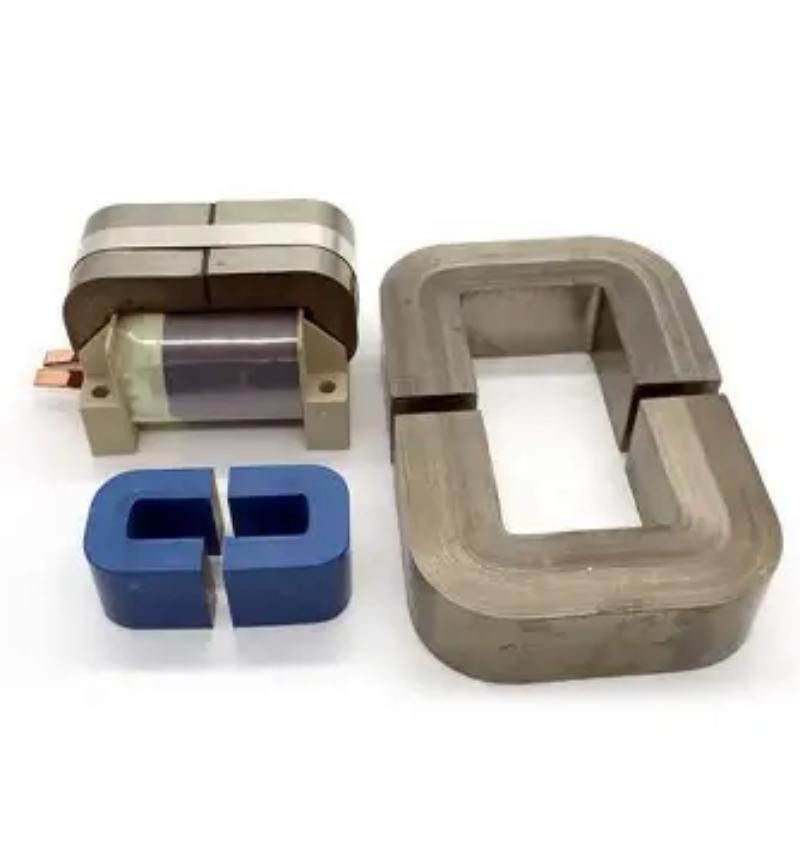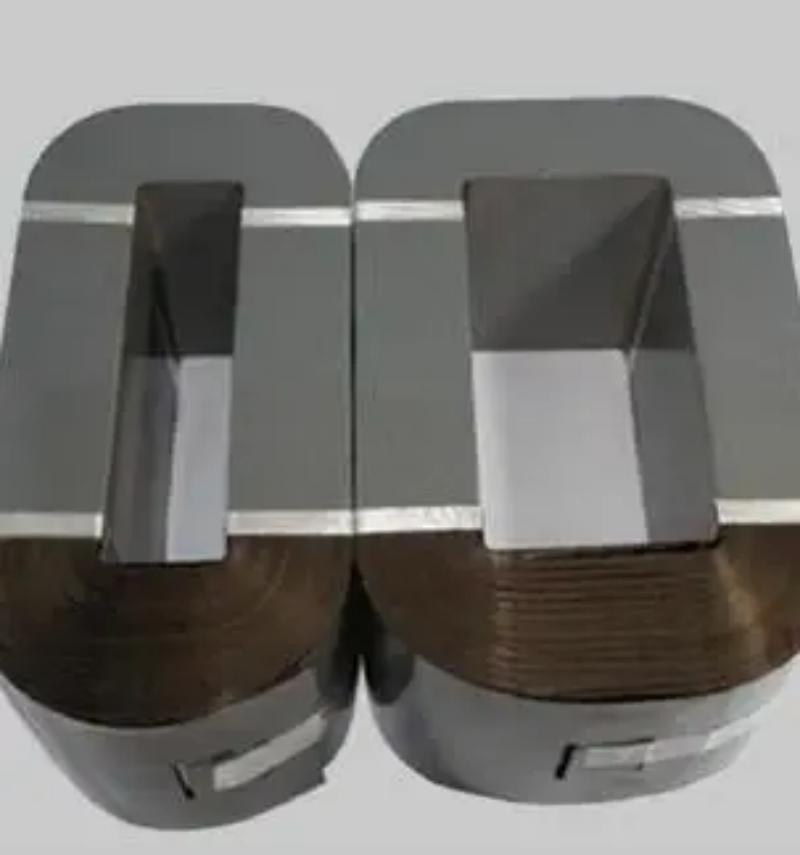
Currently, China's R&D in solid-state transformers is progressing in sync with international efforts, representing a critical period to seize opportunities, vigorously develop the technology, and gain a competitive edge. On May 15th, experts from domestic research institutes, universities, leading enterprises, and industry associations gathered in Yancheng, Jiangsu Province. Bringing their teams' latest research findings, they engaged in in-depth discussions on key technological topics concerning the application of amorphous nanocrystalline cores in solid-state transformers.

The Solid-State Transformer (SST) is a power equipment that utilizes semiconductor devices (such as MOSFETs and IGBTs) for electric energy conversion. It replaces the traditional iron core and coil structure with high-frequency electromagnetic induction technology, enabling flexible adjustment of voltage, frequency, and power characteristics. Its core advantages include high energy conversion efficiency, compact size, low weight, reduced noise, and integrable intelligent control functions. The R&D and breakthroughs in SSTs are crucial technical supports for the vigorous development of the new power system.
From the perspective of material innovation, amorphous nanocrystalline materials possess a "dual nature": the amorphous phase provides high resistivity reducing eddy current losses, while the nanocrystalline phase grants excellent soft magnetic properties. This makes their application advantages in solid-state transformers more pronounced compared to other magnetic materials under the same magnetic flux density.

The conference revealed that replacing traditional soft magnetic materials like ferrites with amorphous nanocrystalline materials can reduce the manufacturing cost of solid-state transformers by 30% and lower carbon emissions. It is projected that by 2030, this could save the global energy system over 50 billion kWh of electricity annually, making it a key technology for driving the green energy transition. Currently, domestically produced ultra-thin nanocrystalline materials with thicknesses below 12 micrometers are available, which can further reduce losses by more than 50% compared to conventional nanocrystalline materials. Thus, breakthroughs in the R&D of amorphous nanocrystalline cores are expected to further propel the transformation of materials required for the new power system.
From the perspective of technological breakthroughs, the solid-state transformer is a high-frequency power electronic conversion device, making the high-frequency isolation transformer its core component. Key technical bottlenecks include limited capacity, high loss density, difficulties in designing large-capacity cells, system complexity, and high cost. In the field of high-frequency transformers, amorphous nanocrystalline materials offer more stable temperature characteristics, making them suitable for high-frequency transformers operating at elevated temperatures, though thermal management must be carefully addressed. Simultaneously, amorphous nanocrystalline materials enable the manufacture of larger-sized cores, providing higher power density at the same design magnetic flux density, aligning with the trend towards high-capacity, compact power electronic equipment.
The conference reported that the loss of traditional ferrites in the 10 kHz frequency band is more than three times that of amorphous materials. Domestically, cores with a width of 20 centimeters and a loss of only 56,000 watts per kilogram have been developed. While maintaining ultra-low losses, this breakthrough solves the problem of magnetic domain distortion caused by uneven stress distribution in wide-width materials. Furthermore, applications in demonstration projects, such as those in the Xiongan New Area and the Zhangjiakou Winter Olympics, have confirmed the stability advantages of amorphous nanocrystalline cores under high-frequency operating conditions.

From the perspective of standard setting, domestic teams are currently leading the development of international standards for power electronic transformers, which have entered the final review stage. Standards signify industrial leadership, and this marks China's first time securing standard-setting authority in this field. The conference also highlighted that a domestic team is advancing the "Technical Specification for Medium and High-Frequency Isolation Transformers in Flexible DC Systems," which fills a domestic gap and specifies loss limits in frequency bands above 10 kHz that are 15% stricter than the current EU standards.
From the perspective of application expansion, amorphous core transformers have now broken the 10 MVA single-unit capacity limit. A three-phase transformer developed by a domestic team using this technology will be deployed in a photovoltaic project in Xinjiang, reducing the footprint by 60% compared to traditional solutions. In the rail transit sector, a 3 kHz amorphous traction transformer used in Shenzhen Metro Line 16 has reduced energy consumption by 7.2% and noise by 12 decibels. Of particular note is the application in offshore wind power. A deep-sea transformer currently under testing utilizes epoxy vacuum casting technology, tripling the insulation lifespan in salt spray corrosive environments. This provides crucial equipment support for DC power transmission from far-reaching offshore wind farms.
Overall, material breakthroughs are reshaping the technological roadmap for power equipment. Amorphous nanocrystalline cores are not only driving the upgrade of solid-state transformers but are also providing foundational material support for emerging fields such as hydrogen energy electrolysis and maglev power supply. With the strong advancement of the "Dual Carbon" goals, China's high-frequency transformer market size is projected to reach 120 billion yuan by 2030, indicating that amorphous nanocrystalline materials are entering a significant period of development opportunity.
On May 15, the inaugural conference on key technologies of amorphous nanocrystalline cores for solid-state transformers was held in Yancheng, Jiangsu Province.

The conference highlighted that high-power amorphous nanocrystalline high-frequency transformers, leveraging their advantages of high-frequency efficiency, compact size, and lightweight design, can significantly enhance power conversion efficiency (e.g., achieving over 99% efficiency in photovoltaic inverters) and reduce charging times (supporting 800-volt high-voltage fast charging). They are also compatible with future superconducting technology and AI collaboration needs, showing promising application prospects in fields such as fast charging for new energy vehicles, renewable energy conversion, industrial energy efficiency, and smart grids. It is worth noting that amorphous nanocrystalline solid-state transformers achieve energy savings through their unique material properties. Not only do they reduce core losses by 60–80% compared to traditional silicon steel under high-frequency conditions, with no-load losses decreased by over 40%, but the high permeability of nanocrystalline ribbons also boosts transformer efficiency to 98.5%. This makes them particularly suitable for intermittent power supply scenarios in new energy power stations.
Fujian Hongwang start successful trial production
2023-09-13Silicon steel power, wisdom leads the future
2024-03-212020 HONGWANG FINAL NEW SURPRISE,THEY ARE COMING!
2021-01-07HWHG successfully signed the HuiShan project
2023-12-08The main structure of HWHG headquarters building project was officially capped
2023-03-17Hongwang Holding Group ranks 451st in the 2021 Top 500 Chinese Enterprises
2021-09-26






